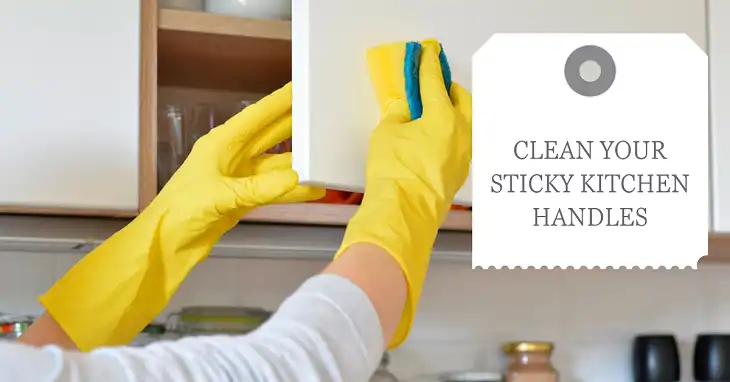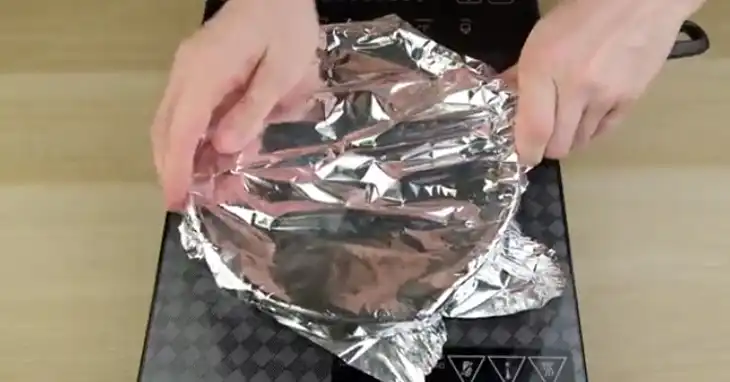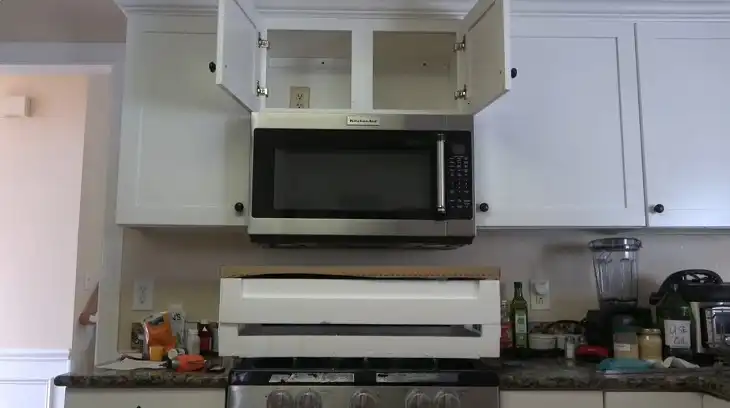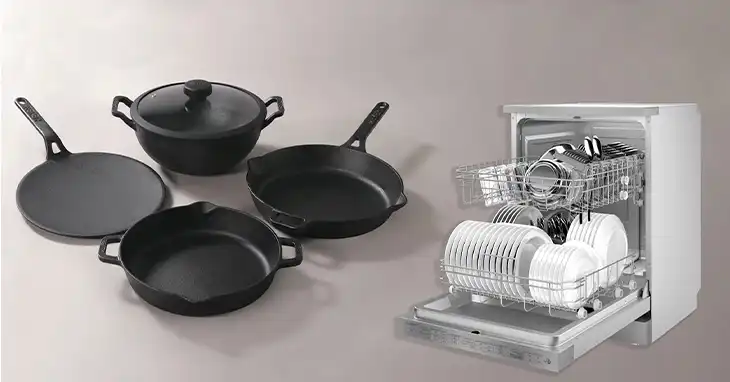How to Clean Sticky Kitchen Handles?

Sticky handles aren’t just unpleasant to touch; they can harbor bacteria and germs, potentially compromising your kitchen’s hygiene. In fact, a study by NSF International found that kitchen items like refrigerator handles can contain up to 138,000 bacteria per square centimeter. Regularly cleaning your handles not only improves the look and feel of your kitchen but also contributes to a healthier home environment.
Step 1: Identify What’s Causing the Stickyness
The first step in addressing sticky handles is understanding what causes them. Common culprits include cooking grease, food residue, and frequent touching with oily or dirty hands. In kitchens where frying is common, aerosolized oil can settle on surfaces, creating a sticky film over time. Even everyday activities like applying hand lotion before cooking can contribute to the buildup.
Step 2: Gather Your Cleaning Tools
To effectively clean your sticky handles, you’ll need a few key supplies. Here’s what you should have on hand:
- Microfiber cloths
- Spray bottle
- Dish soap
- White vinegar
- Baking soda
- Warm water
- Optional: citrus multipurpose cleaner, dryer sheets, furniture polish
Step 3: Do a Light Cleaning First
For handles that are only mildly sticky, a quick clean can often do the trick. Mix a solution of warm water and a few drops of dish soap in a spray bottle. Instead of spraying directly on the handles, which can potentially damage the underlying wood, spray the solution onto a microfiber cloth. Gently wipe down the handles, paying extra attention to crevices and edges. Follow up with a clean, damp cloth to remove any soap residue, and then dry thoroughly with a fresh microfiber cloth.
Step 4: Deep Clean Stubborn Stickness
When a quick clean isn’t enough, it’s time to bring out the big guns. Here’s a step-by-step process for deep cleaning those extra sticky handles:
- Remove the handles if possible. Consult your cabinet hardware manual if you’re unsure how to do this safely.
- Create a vinegar solution by mixing equal parts white vinegar and warm water in a spray bottle.
- Dampen a microfiber cloth with the solution and thoroughly wipe down the handles. For removable handles, you can soak them in the solution for about 30 minutes.
- Rinse the cloth frequently in clean water to avoid spreading the grime.
- For particularly stubborn areas, create a paste using baking soda and water. Apply this paste to the sticky spots and let it sit for 10-15 minutes before scrubbing gently with a damp cloth.
- Rinse thoroughly and dry with a clean microfiber cloth.
[Picture suggestion: A before and after split image of a kitchen handle being cleaned. Search term: “before after cleaning kitchen handle”]
Step 5: Tackle Tough Residues
Sometimes, you might encounter more than just stickiness. Here’s how to deal with specific tough residues:
- Oil and grease: Use a degreasing dish soap or a citrus-based cleaner.
- Adhesive residue: Apply a small amount of cooking oil to loosen the adhesive, then clean with soap and water.
- Paint or varnish spots: Gently scrape with a plastic scraper, then clean with mineral spirits on a cloth.
FAQ
How do you remove sticky residue from kitchen appliances?
For kitchen appliances, mix equal parts water and white vinegar in a spray bottle. Spray the solution on the sticky area, let it sit for a few minutes, then wipe with a microfiber cloth. For stubborn residue, make a paste with baking soda and water, apply it to the sticky spot, let it sit for 15 minutes, then wipe clean.
What’s the best way to clean sticky rubber handles?
For rubber handles, use a mixture of warm water and mild dish soap. Avoid harsh chemicals that can degrade the rubber. Gently scrub with a soft-bristled brush, rinse thoroughly, and dry completely. For persistent stickiness, try wiping with a cloth dampened with rubbing alcohol, but test on a small area first.
How do you clean a sticky oven handle?
For oven handles, create a paste with baking soda and water. Apply this to the handle, let it sit for 15-20 minutes, then scrub gently with a non-abrasive sponge. Rinse well and dry. For tough grease, you can use a commercial degreaser, but be sure to follow the product instructions carefully.
What’s the best adhesive remover for kitchen surfaces?
For general adhesive removal, try using a citrus-based adhesive remover, which is often gentler on surfaces than chemical alternatives. For a natural option, apply a small amount of coconut oil or olive oil to the adhesive, let it sit for a few minutes to soften the residue, then wipe away with a cloth.
How do you remove sticky cooking oil residue from countertops?
For sticky oil residue on countertops, sprinkle baking soda over the affected area. Let it sit for 15-20 minutes to absorb the oil, then wipe away with a damp cloth. For stubborn residue, make a paste with the baking soda and a little water, scrub gently, then rinse clean.
Final Words
Cleaning sticky kitchen handles might seem like a small task, but it can have a big impact on the overall cleanliness and hygiene of your kitchen. By following these methods and incorporating regular cleaning into your routine, you can ensure that your kitchen handles remain clean, germ-free, and pleasant to touch. Remember, a clean kitchen is not just about appearances – it’s about creating a healthy environment for you and your family. So roll up those sleeves, grab your cleaning supplies, and get ready to tackle those sticky handles!




